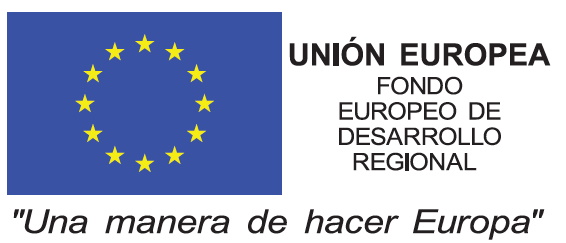Introduce tu búsqueda a continuación y presiona el botón para obtener resultados.
01.- NAME OF THE PROJECT
DRILLSENSE (DEVELOPMENT OF SENSORIZATION KIT FOR EFFICIENT, SUSTAINABLE AND SAFE DRILLING IN MINING AND SUBWAY WORKS)
General Data: Call: Challenges Collaboration 2017. Funded by: Ministry of Science, Innovation and Universities- State Research Agency/ DRILLSENSE (RTC-2017-6085-3).
Presentation and objectives:
Tunnel construction is currently one of the most active fields within civil engineering and construction. The growing need for infrastructures and the need for these infrastructures to be compatible with the orderly use of the spaces or the non-interference with the normal activity on the surface means that the number of tunnels excavated, their dimensions and their depth are gradually increasing.
However, the construction of tunnels is a highly costly activity , which together with the increasing technical complexity of the itself, makes the study of tunneling processes and cost control of them a constant activity. Throughout the last decades, parallel to the increase in tunneling activity, research has been carried out and produced technical solutions aimed at improving the processes and costs of manufacturing.
One of the most common tunnel construction techniques is the “New Austrian Tunneling Method” (NATM) . In it, the excavation is usually carried out by controlled blasting based on augers inserted in previously drilled holes. The number, orientation and depth of such holes, as well as the explosive charge, will determine the volume of rock blasted and the dimensions of the cavity obtained with each blast. These dimensions should be as close as possible to the theoretical volume required.
A lower volume than necessary will require a manual pitting operation, which is costly, both technically and economically, and will also delay the progress of the works.
On the other hand, a larger overhang than necessary will increase the volume of the supporting structure, since this structure is designed with a fixed internal tunnel dimension, filling with concrete the existing gap between it and the original material. Thus, a larger hole will imply a greater need for concrete filler , in addition to generating a greater volume of blasting waste to be removed, again involving an increase in costs both economically and temporarily .
This problem makes it necessary to monitor the holes drilled, in order to know the trajectory of the holes. This makes it possible to adjust the blasting plan (amount of explosive required) on depending on the actual geometry versus the theoretical geometry. However, the measure is performed after drilling, which means a delay in the work and not being able to take corrective actions while drilling.
The objectives to be achieved in the project are:
TOTAL PROJECT BUDGET: 1,021,432 EUROS
TOTAL BUDGET ITAINNOVA: 255460€.
TOTAL PROJECT FINANCING: 294794.45 Grant 305034.56 Loan 70451.45 reimbursable advance ERDF
TOTAL FINANCING ITANNOVA: 224298€.
Challenges Collaboration 2017. Funded by: Ministry of Science, Innovation and Universities- State Research Agency/ DRILLSENSE (RTC-2017-6085-3).

